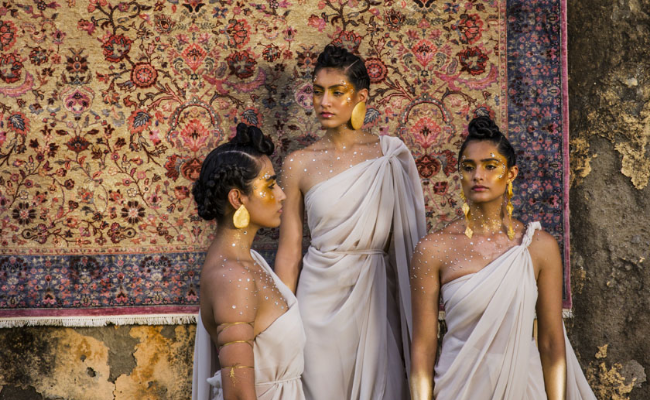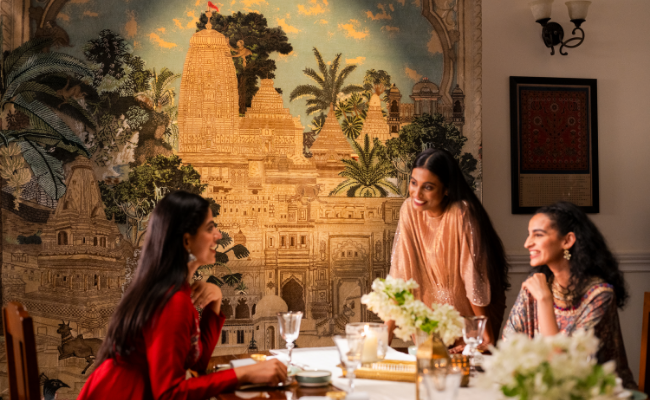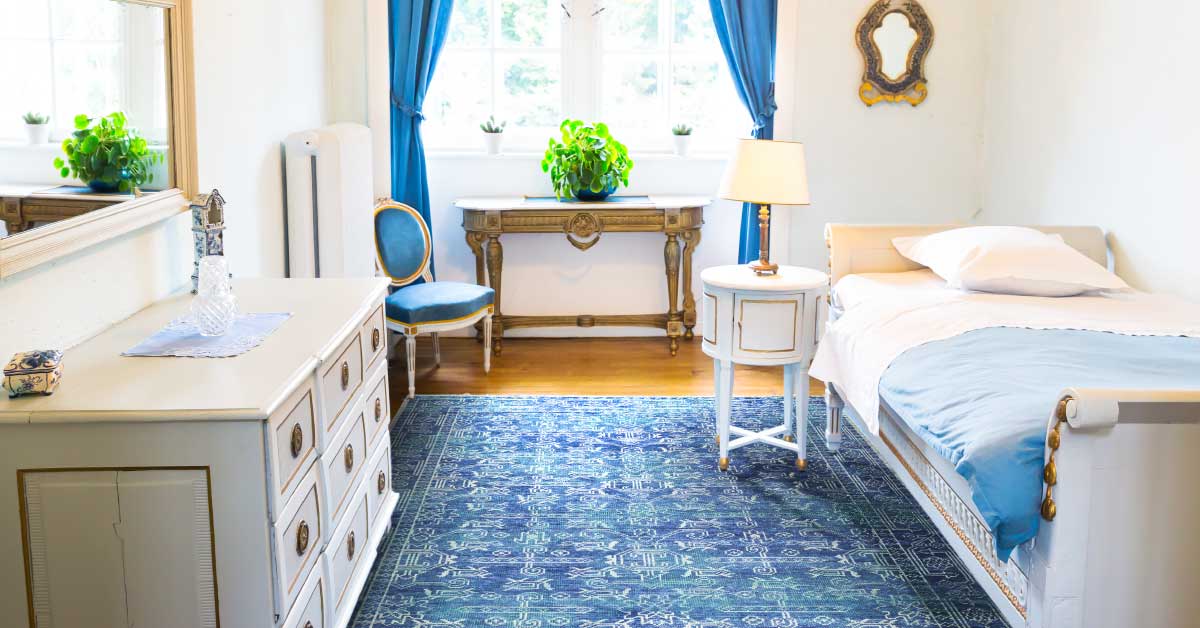
The Evolution of Rug Designs Over the Centuries
“Time heals everything”. The people of the world believe in this saying dominantly. However, we at Obeetee Carpets beg to differ. We believe that ‘everything evolves with time’, leaving the pains of the past insignificant. It is fundamental human nature to wait and just wait to get over something; little do we know that as time passes, it stops affecting us; however, we learn from past mistakes and carry the good things of the past with us. Apologies for being stuck on this subject, but the word ‘carpets’ is not just in our names but also our identities. The world of rugs is vast. It is beautiful and elegant yet so complex that even after being in the rugmaking industry for the past century, we learn something new every day.

Since the dawn of time, rugs have been the backbone of the decor world, carrying with them the rich tapestry of human history. Dating back to the Turkish rule in the 5th century BC, nomads used carpets as tent roofs. While the simple cloth rods worked like a charm, the Nomads kept themselves entertained as they hand-knotted beautiful tent covers just to have something to look at. Nomads being nomads ravelled from one place to another. However, they left a hint of their art everywhere they travelled, which led to the birth of Carpets. The 1st carpet graced the Turkish empire's royal courts, and then the carpets' air flowed non-stop, taking over the world.
Just like science, the art of carpet making has evolved with time, each century bringing new techniques, styles, and inspirations. Together, let's embark on a fascinating journey and explore the voyage of carpets from their humble nomadic origins to the intricate masterpieces of today.
After the Turkish empire, rugs slowly reached the world. The handmade marvels that once adorned the royal courts of Egypt exclusively gradually became a way of making money. Factories were set up to manufacture handmade carpets, eventually becoming the source of income for the empire. A speciality of these carpets was the ability to tell stories. Irrespective of the century, the carpets became a significant source of information about the events in the world; some even tell us about the history, the great wars, the stories of the old empires and the brutality of the royals upon the locals. These carpets were not just decorative items, but they also held deep cultural and symbolic significance. For example, [specific design or motif] symbolized [specific meaning or event], reflecting the cultural and historical context of the time.
For centuries, carpet production, usage, and trade were limited to the Middle East. As the world expanded, it was the 12th century when carets reached India via Shri Lanka. The warriors of the Middle East later brought rugmaking art to Europe while on their way back, thus beginning the craze of carpets with the Englishmen.
While the carpets were beginning to be manufactured in India, the boom of rug making was still asphalt in the country. In the 13th Century, rugmaking knocked on the doors of the southern part of Spain by the Arabs. The art moved to France as seasons passed, where multiple factories were set up later.
The 14th and 15th centuries were the boom period of rug making. During this time, the Persians no longer preserved their grandeur for themselves but started the trade of handmade carpets. They actively hand-knotted rugs featuring beautiful traditional motifs, reflecting their personality and traded them with the outside world. The Persian artisans passed the art of rug-making to the furniture generations as heirlooms, just like certain rugs, still preserved, defeating the test of time. Another breakthrough in the 15th century was the Mughals taking over the Indian subcontinent. Known for their royalty, art and architecture, the Mughals employed Indian artisans to build monuments for their empire. This cultural exchange led to the fusion of Persian and Indian rug-making techniques and designs, creating a unique style still appreciated today.
During the 16th to 19th century, the rug-making business expanded and contributed significantly to revenue generation through trade. The French established their looms and poured creativity on the carpet canvases in vibrant hues. Some of these beauties were even used as tapestries in the royal homes of the West. In the 1700s, England became the hub of Europe’s Rug manufacturing. Wool carpets were [popular during this time, but silk, on the other hand, was still an underdog.
The British came to India in the 1800s and were greeted and welcomed by the Indian kings. They were often gifted intricate handmade carpets. These carpets lent a beautiful charm to the royal homes of the British set up in our country while they ruled us for 100 years.
In the 1900s, flatweaves became famous. It was an Indian concept (dhurries/kilims) but was slowly taking over the market. During this season, carpets were actively used in homes. The modern world required chic and vibrant rugs to match their furniture. Yes, this was when interior decor became a thing in nuclear properties.
The 20th and the 21st century became the era of modernisation. The handmaking craft slowly was taken over by machines, and the carpets began to be mass-produced. This shift was largely due to technological advancements in [specific technologies], which allowed for faster and more efficient rug production. At the same time, this did save a lot of time, and the art of rug-making lost its uniqueness. Earlier, rugs were only found in the homes of the elite and highly rich because of their cost, but the machine rugs made it possible for everyone to get one in their decor. This democratization of rug ownership marked a significant shift in the industry and the perception of rugs as a luxury item.
We at Obeetee Carpets have been in the rug-making business for the past century, dedicated to preserving the art and heritage of handmade rugs. Located in Mirzapur, we have a family of thousands of weavers who meticulously handcraft high-quality rugs, ensuring that the tradition lives on. To explore our exquisite rugs, visit our e-commerce platform https://www.obeetee.in/ or visit any of our flagship stores in Delhi, Mumbai, Hyderabad, Kolkata, Bangalore and Jaipur.








